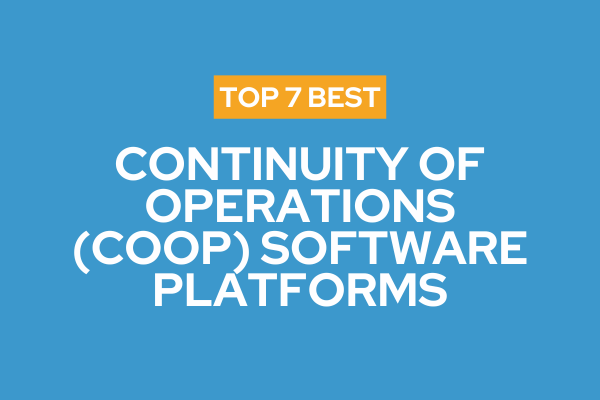
Top 7 Continuity of Operations (COOP) Software Platforms
Explore the top 7 COOP software platforms that help organisations plan, test, and sustain operations during disruptions, ensuring resilience and compliance.
Published on October 22, 2025
Last updated on October 22, 2025
Crisis exercises expose gaps before real incidents do. Teams need structured practice to rehearse roles, validate playbooks, and build muscle memory across operations, communications, cyber, and the C-suite. Software helps you scale this. The right platform streamlines exercise design, inject delivery, comms, and evidence capture, so you can focus on learning outcomes, not admin. It also gives leadership measurable readiness metrics tied to risk appetite and continuity objectives.
At Continuity2, we see exercises as part of an integrated resilience cycle: plan, test, learn, improve. Tools that plug directly into your business continuity and incident response processes shorten feedback loops and make improvements stick. Below we explain what crisis simulation software does, the features that matter, and a curated list of providers to consider—led by Continuity2 for organisations seeking an industry-leading, audit-ready approach aligned to operational resilience goals.
Crisis simulation and training software helps organisations design, run, and evaluate exercises such as tabletops, functional simulations, and full-scale drills. These platforms orchestrate scenarios, deliver timed injects across channels, coordinate responders by role, and capture evidence for debriefs and compliance. They also centralise lessons learned and action tracking, linking improvements back to plans and controls. In short, they turn rehearsal into a repeatable, data-driven practice.
A good platform removes friction across planning, delivery, and learning. Prioritise these common features.
Create reusable scenarios with timelines, branching logic, and inject libraries. This lets facilitators tailor difficulty, vary dependencies, and map objectives to risks.
Send injects and updates via email, SMS, chat, and in-app prompts. This mirrors real conditions and tests escalation paths and on-call coverage.
Assign teams, roles, and approvals to reflect governance. This validates decision rights, authority levels, and handoffs.
Log actions, timestamps, artefacts, and decisions. This supports post-exercise reporting, audits, and regulatory reviews.
Track time-to-detect, time-to-decision, communication clarity, and recovery milestones. Benchmark readiness trends across business units.
Generate debrief packs, map findings to risks and plans, and push corrective actions into ticketing or BCM workflows.
Libraries aligned to ISO 22301, NIST, DORA, and sector playbooks accelerate setup and improve consistency.
Connect to incident management, alerting, ITSM, SIEM, and BCM systems to test real processes end-to-end.
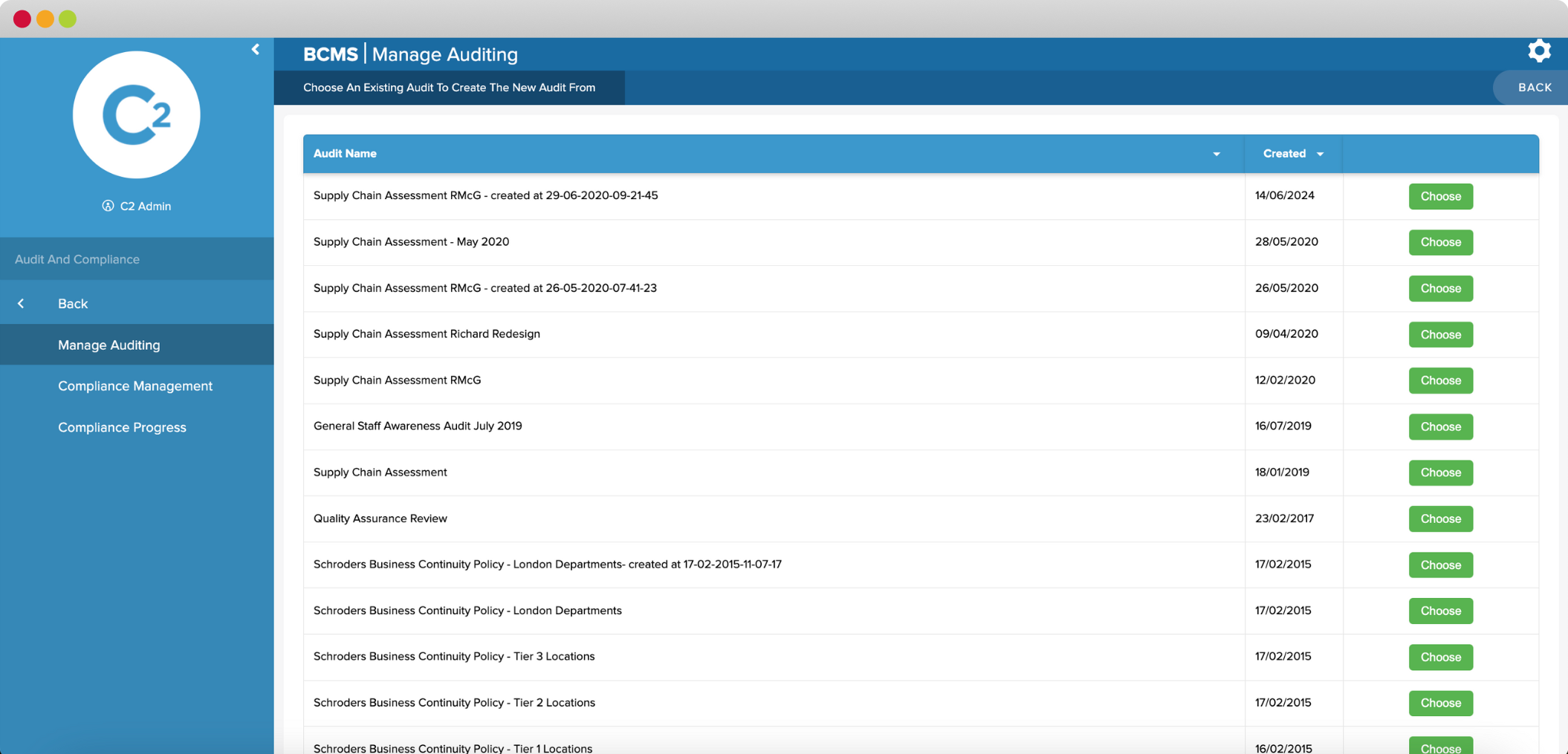
Continuity2 delivers an industry-leading, audit-ready approach that links exercising to your continuity and operational resilience programme. Scenario libraries, timed injects, and role-based participation sit alongside business impact data, plans, and controls in one platform. Robust analytics show readiness trends and remediation progress across functions, suppliers, and sites. Integrated after-action reviews feed actions directly into improvement workflows, so lessons convert to measurable change. Trusted by global enterprises, Continuity2 supports regulators’ expectations for regular, outcomes-based testing.
Key Features:
Best for: Enterprises seeking a comprehensive, compliance-aligned exercising capability tied to continuity and resilience.
Conducttr focuses on realistic, multi-channel simulations that stress-test communications and decision-making. Facilitators build scenarios with dynamic injects, social feeds, and stakeholder narratives to mirror media pressure and ambiguity. Debriefs consolidate evidence, decisions, and outcomes for targeted improvement.
Key Features:
Best for: Communications, crisis leaders, and incident teams needing lifelike media environments.
Immersive Labs provides cyber crisis simulations that blend technical incidents with executive decision-making. Exercises test detection, containment, and stakeholder communications, aligning outcomes with cyber readiness objectives.
Key Features:
Best for: Security, technology, and leadership teams rehearsing cyber crises.
Battleground offers scenario design, inject delivery, and structured debriefing across emergency management and business continuity use cases. Templates and role structures help teams get started quickly and scale exercises across regions.
Key Features:
Best for: Organisations seeking practical tabletops with rapid setup.

Avalias' Avalanche TTX supports emergency and resilience teams with configurable drills and evidence capture. Facilitators can adjust difficulty in-flight to test resilience under changing conditions.
Key Features:
Best for: Public sector and regulated industries needing structured, auditable exercises.
YUDU Sentinel focuses on distributed teams, enabling remote exercises with coordinated communications and reporting. Built-in templates help non-specialists run effective sessions.
Key Features:
Best for: Multi-site organisations prioritising remote readiness.
ACK3's Crisis Simulator Training (CST) provides a structured environment for crisis command and control practice. It supports cross-functional participation and disciplined debriefs to harden procedures and escalation paths.
Key Features:
Best for: Teams formalising command frameworks and inter-team handoffs.
Regular exercising strengthens crisis strategies by turning plans into practical, measurable actions. It builds confidence, drives improvement, and demonstrates real resilience across the organisation.
Exercises reduce hesitation by making roles, authorities, and thresholds explicit. Teams rehearse trade-offs using the same plans and data they rely on in real incidents. Confidence grows from repeated practice, measured outcomes, and visible improvements. This translates into faster decisions and fewer escalations during real events.
Without structure, lessons drift. Software links findings to owners, due dates, and controls, then reports on closure and impact. This creates a feedback loop from scenario to plan, improving controls, communications, and recovery steps. With Continuity2, these actions live alongside your BCM records for full traceability.
Boards, customers, and regulators expect evidence of testing. Platforms provide verifiable logs, KPIs, and reports aligned to standards. This strengthens assurance statements and helps justify investments in resilience, technology, and training.
Templates, role libraries, and remote participation let you run more exercises with less admin. You can compare units, suppliers, and sites on like-for-like metrics, focusing coaching where it matters most. Integrations reduce duplicate data entry and keep scenarios relevant to live processes.
Leaders need repeatable practice that sharpens decision-making, validates plans, and proves readiness to auditors and regulators. Choose a platform that couples exercises with your continuity, risk, and incident workflows, so improvements land where work happens. Continuity2 offers integrated testing, evidence, and action management to help you build resilience at scale and show progress with clear metrics.
Book a Demo with Continuity2 to see how your organisation can strengthen crisis readiness, validate response capabilities, and embed continuous resilience improvement.
Founder & CEO at Continuity2
With over 30 years of experience as a Business Continuity and Resilience Practitioner, Richard knows the discipline like the back of his hand, and even helped standardise BS25999 and ISO 22301. Richard also specialises in the lean implementation of Business Continuity, IT Service Continuity and Security Management Systems for over 70 organisations worldwide.


Founder & CEO at Continuity2
With over 30 years of experience as a Business Continuity and Resilience Practitioner, Richard knows the discipline like the back of his hand, and even helped standardise BS25999 and ISO 22301. Richard also specialises in the lean implementation of Business Continuity, IT Service Continuity and Security Management Systems for over 70 organisations worldwide.

Explore the top 7 COOP software platforms that help organisations plan, test, and sustain operations during disruptions, ensuring resilience and compliance.
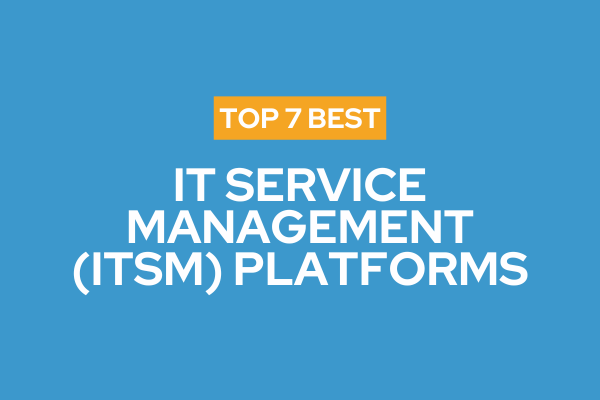
Explore the top 7 IT Service Management (ITSM) platforms that streamline IT operations, boost efficiency, ensure compliance, and drive business resilience.
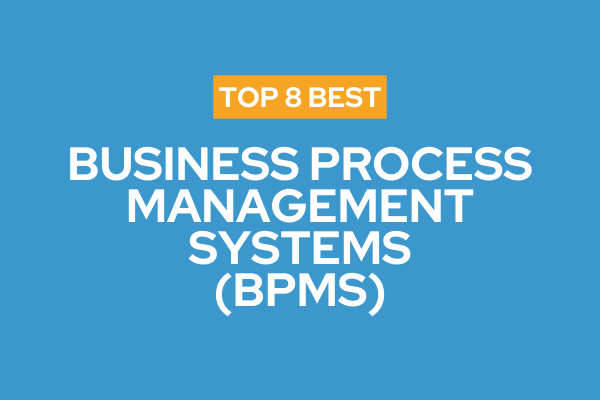
Discover essential tips for selecting the best business process management software tailored to your needs. Read the article to make informed choices.

Explore the top 8 Occupational Health and Safety (OHS) software platforms that streamline compliance, reduce risk, and build safer, more resilient workplaces.

Discover 7 audit management software to streamline compliance, automate workflows, and improve efficiency and risk management across your organisation.
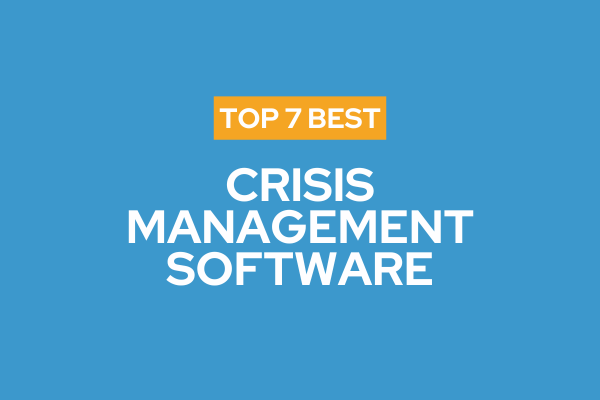
Compare the top 7 crisis management software—tools that centralise response, speed communication, automate workflows, and improve audit-ready reporting.

Enhance your crisis management skills with effective simulation software. Learn how to improve preparedness and respond confidently in your organisation.
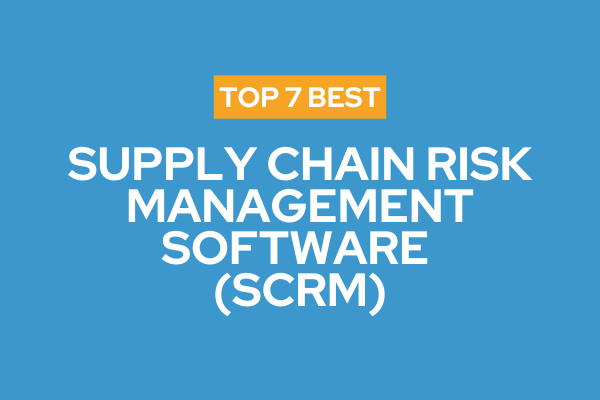
Discover the top 7 Supply Chain Risk Management (SCRM) tools of 2025 to monitor suppliers, predict disruptions, and build supply chain resilience.
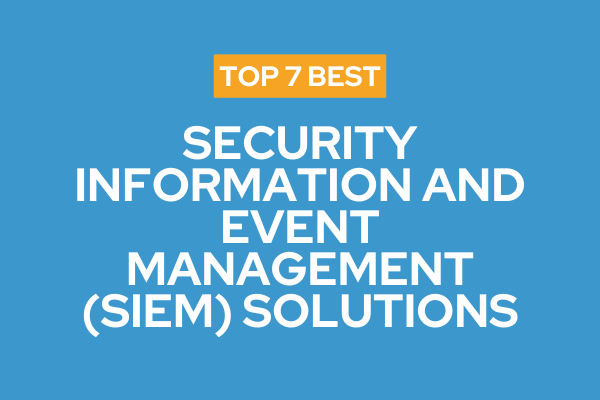
Find the best SIEM tools to detect threats faster, automate incident response, ensure compliance, and strengthen your organisation’s cyber resilience.